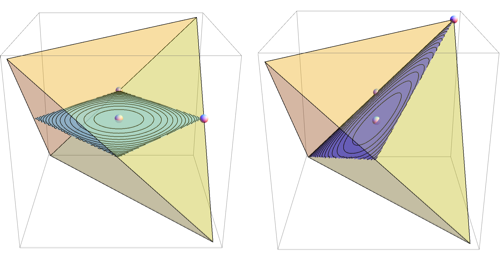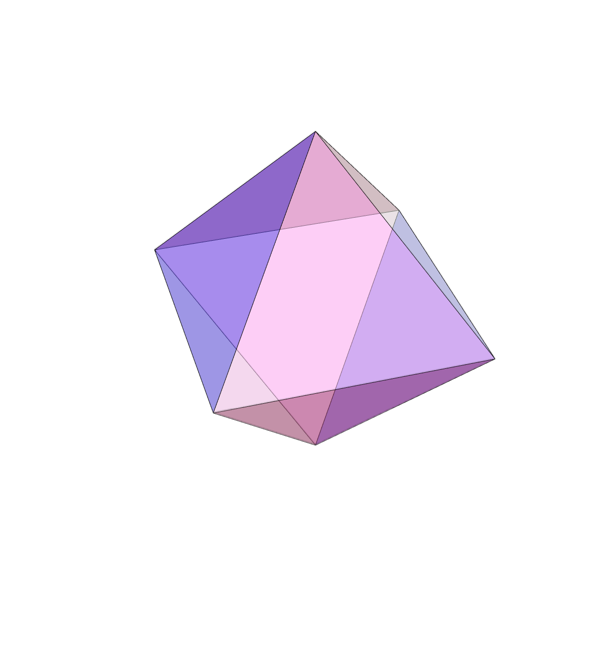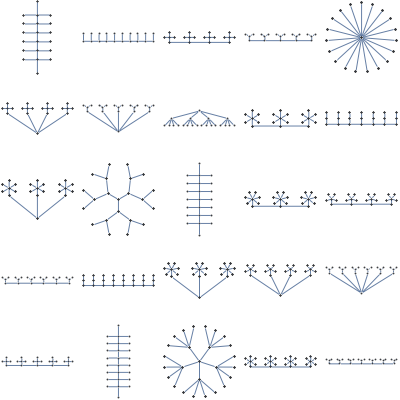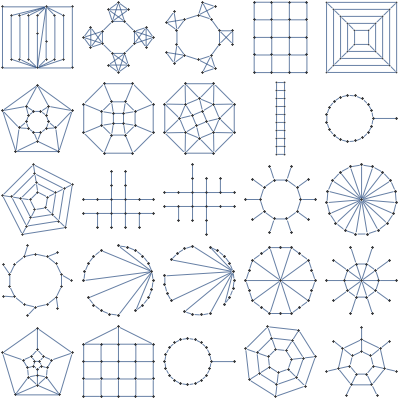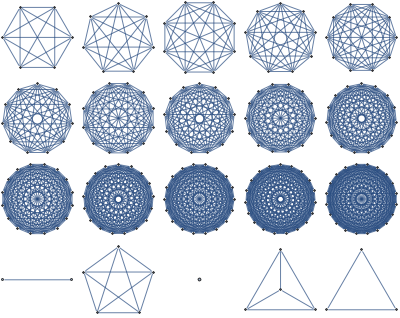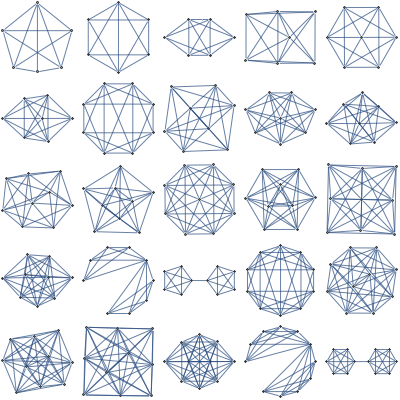Common complaint about current publishing model is that sometimes good papers get rejected. A striking example is that David Lowe's SIFT algorithm was rejected multiple times from vision venues. The author then assumed that vision community is not interested, and applied for patent intended promote it just for industrial applications. As a result, what's arguably the most popular key-point detection algorithm is not free to use. This may also say something about limitation of our patent system.
You can see a few more examples in the inaugural issue of
Mathematica Rejecta.
Yann LeCun
proposes a solution to the problem.
His idea is like non-anonymous stack overflow, where you could search for papers that got several positive reviews, or ones that were positively reviewed by a specific reviewer.
I think the problem is not as serious now as it was before the Internet.
Lobachevsky's work was rejected from peer-reviewed journals and might have faced obscurity if not for personal intervention of Gauss.
Today, if your result is obviously important, putting it up on your webpage may end up giving you as much publicity as a publication in a top journal, Ryan Williams latest CS-theoretical result is
an example. This approach can also work to screen for errors, as we have seen in the case of Vinay Deolalikar
P!=NP paper.
University of Minnesota officially looked into ways of
assessing "new forms of scholarship in consideration of academic promotion. Andrew Gelman notices that his most influential papers
were published in low ranking journals.
The bottom line is that world is shifting away from the traditional peer-reviewed publication model. Good results don't always need an official stamp of approval to be recognized, and perhaps in 30 years, mentioning the journals where you published at an academic interview will be as bad as coming to a software engineer interview with a heap of
Certificates of ProficiencyThis reminds me of a faculty candidate that came to interview to our Computer Science department once. He gave a good presentation but didn't get the job. I asked the person in charge of the hiring committee why, the answer was -- "he had too many publications, they couldn't all be good"
